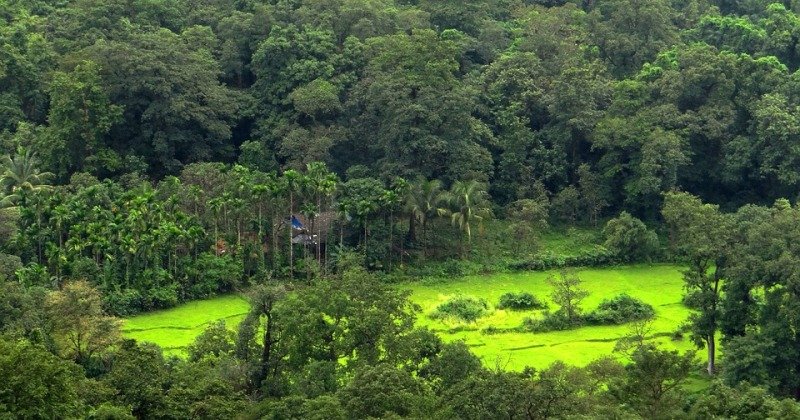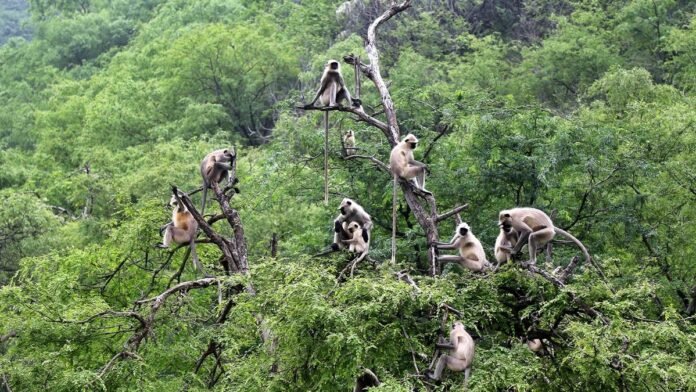India, celebrated for its lush landscapes and biodiversity, is facing an alarming crisis — disappearing forests. Over the past few decades, relentless urban expansion, industrialization, and illegal logging have reduced the nation’s green cover at a disturbing rate. Although government reports point to minor gains from afforestation programs, the ground reality in many regions tells a different story. Critical forest ecosystems continue to shrink, raising serious concerns about ecological balance and the nation’s environmental future.
Why Forests Are Disappearing
The drivers of disappearing forests are complex and closely tied to human activity. Expanding cities demand more land for housing, industries, and infrastructure. Highways and railway projects carve through dense habitats, fragmenting ecosystems. Mining operations and large-scale industrial projects clear vast stretches of greenery, leaving behind scars on the land.
Illegal logging adds to the crisis. Despite regulations, timber smuggling continues in remote regions where monitoring is weak. Shifting agricultural practices, particularly slash-and-burn cultivation in northeastern states, further accelerate forest loss. Climate change worsens the situation, bringing unpredictable rainfall, frequent droughts, and rising temperatures that weaken natural ecosystems.
Together, these pressures create a dangerous tipping point. Unless action is taken soon, disappearing forests could cause irreversible damage to biodiversity, climate stability, and human livelihoods.
Impact on Wildlife and Humans
The crisis of disappearing forests is not just about trees — it’s about lives. Wildlife across India faces habitat loss, threatening species such as tigers in the Sundarbans, elephants in Assam, and leopards in central India. As corridors shrink, human-animal conflict intensifies, with more reports of elephants raiding crops and big cats straying into villages.
For rural communities, forests serve as lifelines. Millions depend on them for food, firewood, medicinal plants, and clean water. As disappearing forests reduce access to these resources, villagers face shortages and increasing hardship. Women, in particular, bear the burden as they travel longer distances to collect firewood or fetch water.

Urban populations are also affected. The decline in green cover worsens air quality, depletes groundwater, and contributes to rising heat levels. Natural barriers that once protected against floods and landslides are vanishing. In short, the disappearance of forests threatens not only ecosystems but also human survival.
Urgent Need for Action
To stop the march of disappearing forests, India must adopt a multi-pronged strategy. Stricter enforcement of anti-logging laws, better monitoring of forest land diversion, and transparent policies on industrial projects are crucial. Afforestation must prioritize biodiversity — planting monocultures cannot replace the ecological richness of native forests.
Community-led conservation holds the key to lasting impact. Involving local people in protecting and restoring forests ensures that conservation aligns with livelihood needs. Educational campaigns in urban areas can also help citizens understand how daily choices — from paper waste to product consumption — affect forests.
Technology can further strengthen protection. Satellite imagery and digital monitoring can track illegal deforestation, while eco-tourism and rewilding initiatives can create sustainable alternatives to exploitative practices.
The Road Ahead
The crisis of disappearing forests is a warning sign for India and the world. Forests are not just carbon sinks — they regulate climate, purify air, conserve water, and provide habitats for countless species. Losing them would dismantle the natural systems that sustain human life.
However, there is still hope. If urgent measures are taken — from stricter conservation policies to community-driven initiatives — India can reverse this dangerous trend. Eco-tourism that empowers villagers, penalties for illegal logging, and strong rewilding projects can help secure a greener future.
The time to act is now. Protecting forests is no longer just an environmental responsibility — it is a survival necessity. The next generation deserves to inherit a thriving natural heritage, not a barren land stripped of its forests. If India can rise to the challenge, it can transform the story of disappearing forests into one of resilience, recovery, and hope.
ALSO READ: Roadies XX Shocker: Neha Dhupia’s Entire Gang Evicted in Emotional Vote-Out












